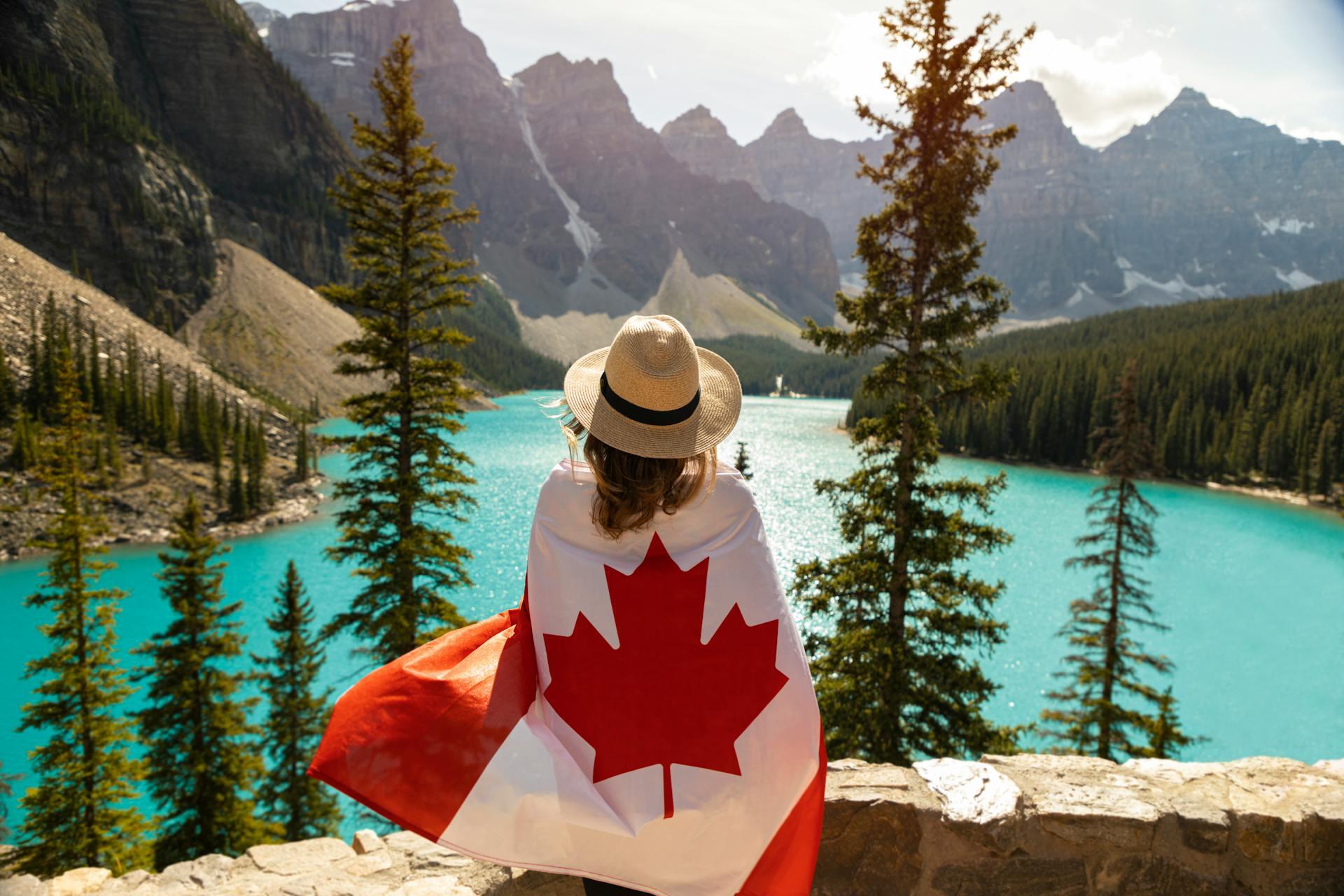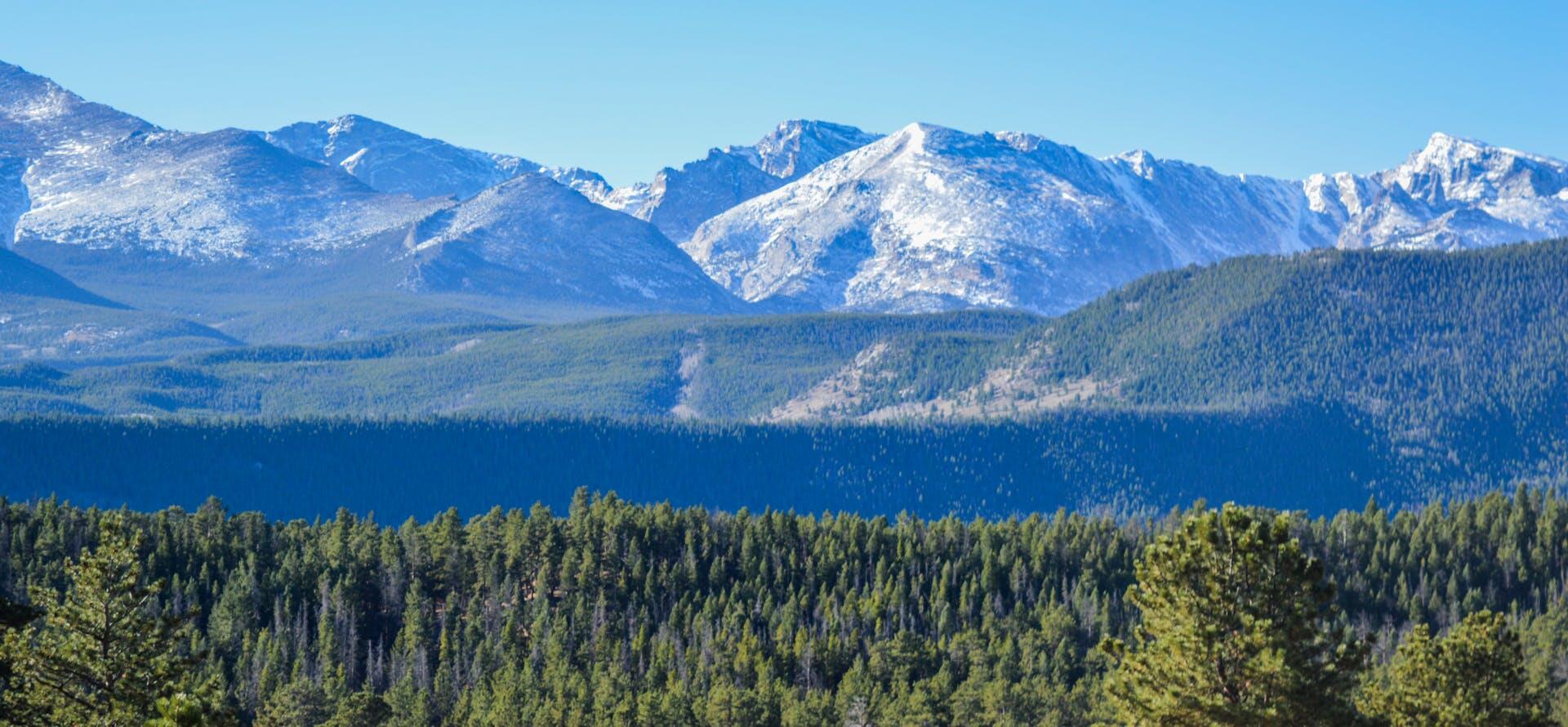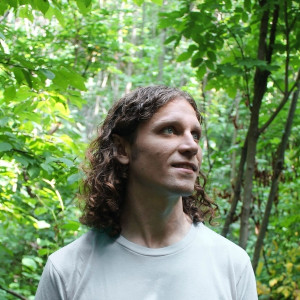The incredible Rocky Mountains (also known as The Rockies), extend from northern Alberta in Canada, to southern New Mexico in the United States. But, how did the Rockies form? Why are they so relevant to the ecosystem nowadays? In this blog, you will discover fun facts about the Rocky Mountains, which are older than the Alps or the Himalayas. Read on if you want to know more about the Rockies and fall in love with one of Canada's more breathtaking natural wonders.
The Rockies formed between 55 and 80 million years ago during the Laramide orogeny!
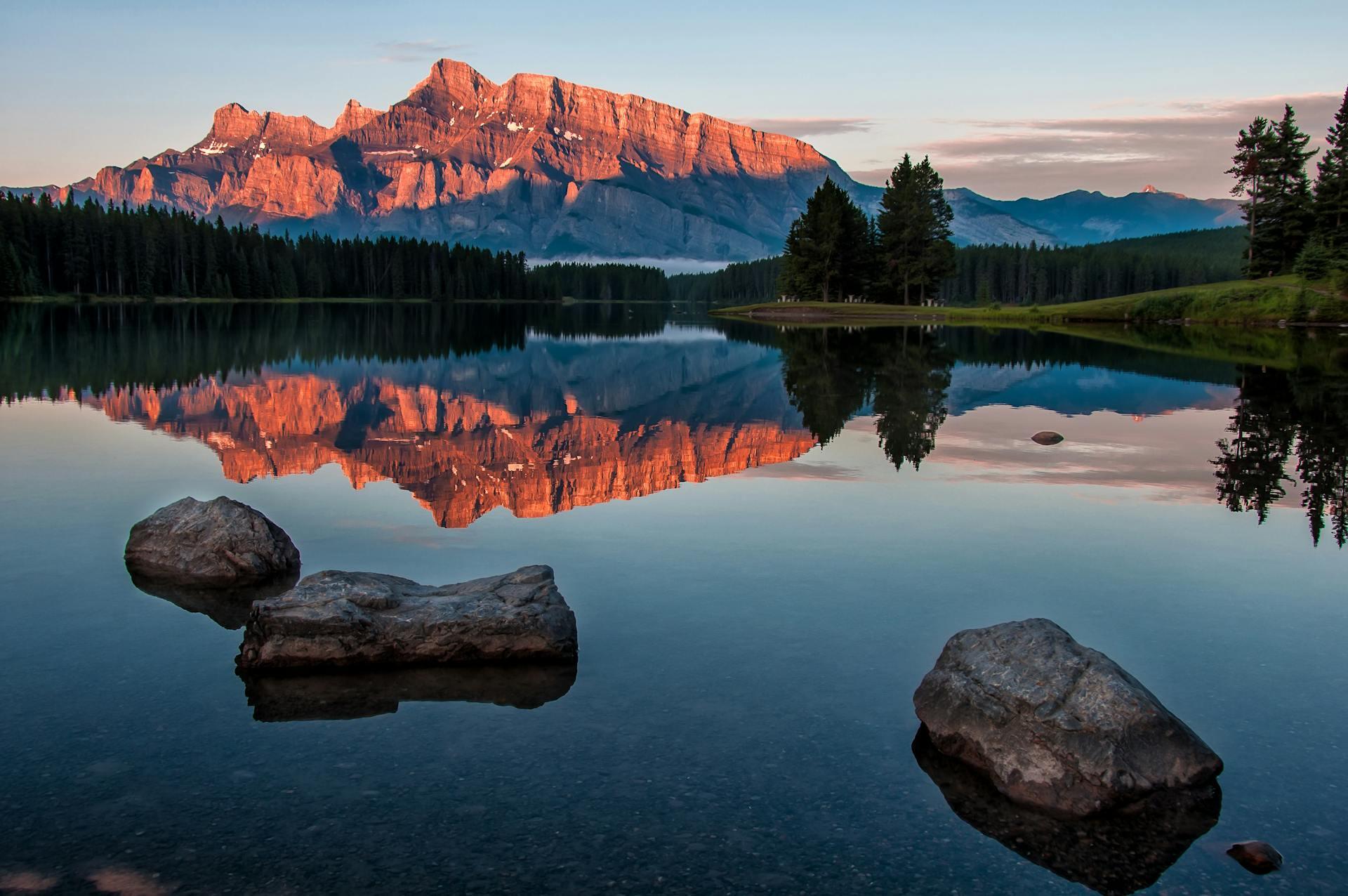

How were the Canadian Rockies formed
Although the formation of the Rocky Mountains has been one of the most studied processes throughout history, there are differing opinions even today. The original theory states that they were formed during the tectonic activity between British Columbia and the Alberta provinces.
But, University of Alberta researchers discovered that the Canadian Rockies were formed when the North American plate collided with a microcontinent that included British Columbia, Yukon, and Alaska around 120 million years ago. Scientists think an ocean basin off the west coast of North America sank beneath the microcontinent, drawing North America to the west, where it finally collided.
How old are the Canadian Rockies
The Canadian Rockies were formed when the North American continent was dragged westward during the closure of an ocean basin and the collision with a microcontinent more than 100 million years ago. Traditional theory suggests that a gradual accumulation of matter formed the Canadian Rockies, as opposed to the sudden collision event proposed by recent research.
However, the latest study by the University of Alberta suggests that an ocean basin off the west coast of North America descended below the ribbon-shaped microcontinent, dragging North America westwards, where it collided with the microcontinent.
Wildlife of the Rockies: Meet the Iconic Inhabitants
The Canadian Rockies are known for their spectacular scenery, lakes, glaciers, waterfalls, and forests. But the Rockies are also home to a wide variety of wildlife. The Rocky Mountains are home to the bighorn sheep, the Canadian deer, the white-tailed deer, the black bear, the coyote, the wolverine, the rock ptarmigan, the trumpeter swan, the white-tailed deer, the grizzly bear, the Canadian lynx, and the mule deer, among many, many others. Did you know that the Rocky Mountains are home to more than sixty species of mammals, eleven species of fish, and more than three hundred different types of insects?
Extreme Weather: The Rocky's Ever-Changing Climate
The Rocky Mountains have a climate characteristic of highlands. The average annual temperature is 6°C, with warm temperatures, a dry climate in summer, and freezing temperatures in winter. The average summer temperature is 15°C, with July being the hottest month, with an average temperature of 28°C.
However, January is usually the coldest month, with an average temperature of -14°C, but it can reach -30°C!, making it the coldest month in the Rocky Mountains. Winters are generally moist and cold, with average snowfall of 29 centimeters. So, if you plan to visit the Rockies in winter, prepare well for these extreme temperatures!
In winter, temperatures in the Rocky Mountains can reach -30 °C. However, the wind chill factor can drop to -40 °C! January is usually the coldest month, and night-time temperatures can drop significantly.

Famous Peaks: The Most Breathtaking Summits
The Rocky Mountains are a mountain system located in the western part of North America that runs parallel to the west coast through Canada and the United States. In the northwest, they begin in British Columbia, passing through the border between Alberta and British Columbia and reaching New Mexico at their southwestern tip, covering an extensive area. But did you know that the Rockies are also one of the highest mountain ranges in North America? Mount Elbert in Colorado is the highest peak, 4,401 meters above sea level!
The 3 Highest Peaks!
The Rocky's Geological Importance & Biodiversity
You will find some of the most important national parks in the Rocky Mountains. Banff, Jasper, Kootenay, Yoho, and the Waterton Lakes are on either side of the Canadian or the American border. Banff and Jasper's national parks are the largest in size, diversity, historical importance, and tourist attraction. Because they are home to an incredible biodiversity and due to their geological relevance, they were declared a World Heritage Site by the UNESCO in 1984.
For example, the National Park Banff is the oldest wildlife sanctuary and has become one of the country's best known tourist destinations. The park is also easily accessed from Calgary and is not only the world's third oldest national park, but a considerable model of ecosystem conservation nowadays. Jasper, on the other hand, is the biggest of the two, characterized by its thousand kilometers of forest and wide meadow trails, and being the least explored national park.
The Rockies are also known for being the source of many large rivers. Some of the most important rivers that originate in the Rockies include the Fraser River, the Columbia River, the North Saskatchewan River, the Bow River, and the Athabasca. They all form the divide between the Pacific Ocean basin, Hudson Bay, and the Arctic Ocean.
Alexander MacKenzie was a Scottish explorer and the first European to cross the Rocky Mountains in 1793, reaching the Canadian Pacific coast. This was the first transcontinental crossing of North America to be recorded. Further, the Lewis and Clark expedition was the first American expedition to venture into the Rocky Mountains in 1804 to find new routes for trade and expansion.
Speaking about rivers, explore the world's most impressive waterfalls.
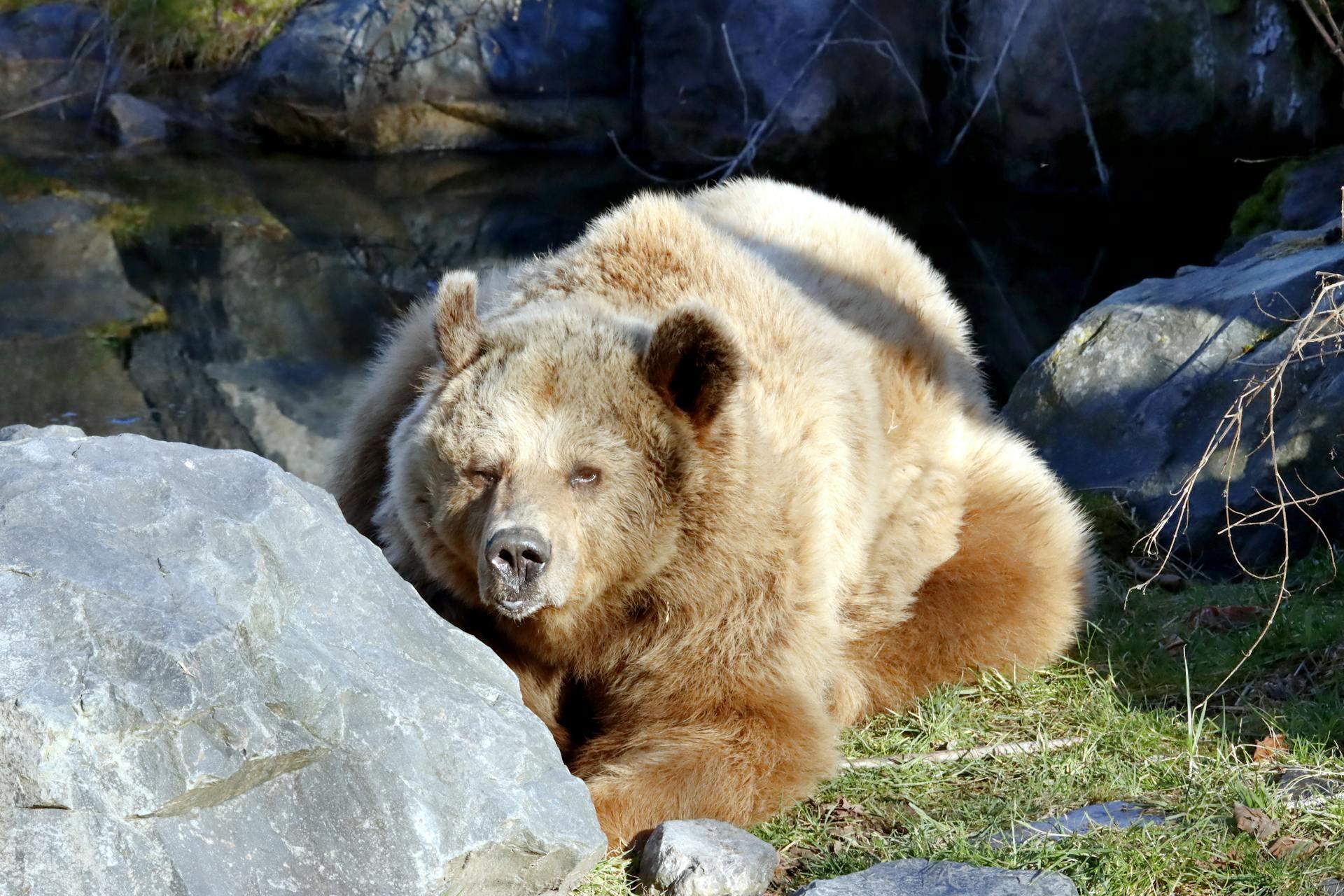
Rocky Mountain National Parks: Nature's Masterpieces
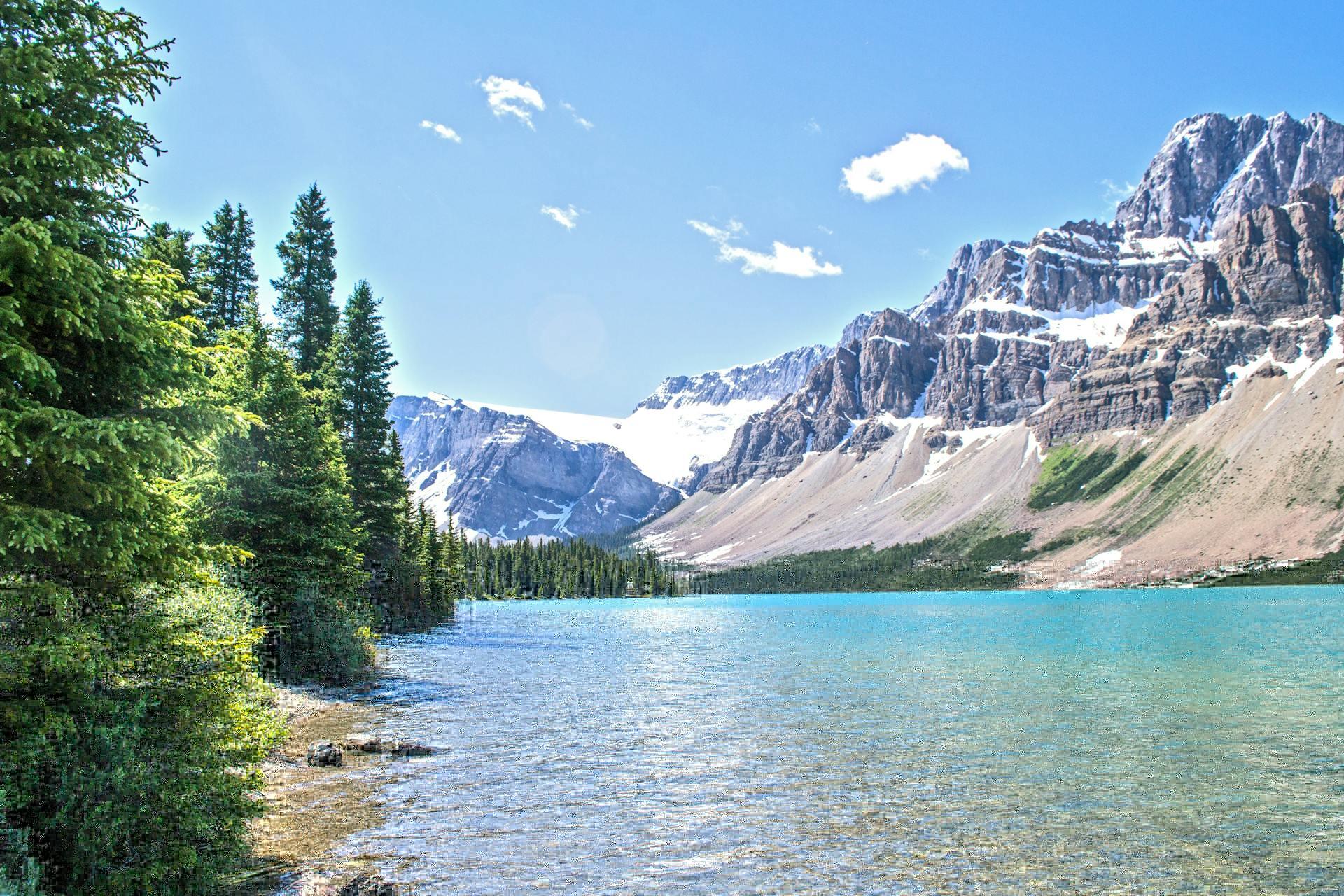
Banff 🏔️
This park is located in Alberta and is Canada's first recognized national park. It is approximately 6,641 km2 and features mountain ranges, glaciers, boreal forests, and glacial lakes. It is a globally renowned tourist destination with facilities appropriate for outdoor recreational activities like hiking.
Jasper 🐻
Jasper is the largest park in the Canadian Rockies, with an area of approximately 11,000 km2. It is well known for its mountains and glaciers, like the Columbia Icefield and the Athabasca Glacier. Jasper is also home to mountain goats, moose, woodland caribou, gray wolves, and grizzly bears.
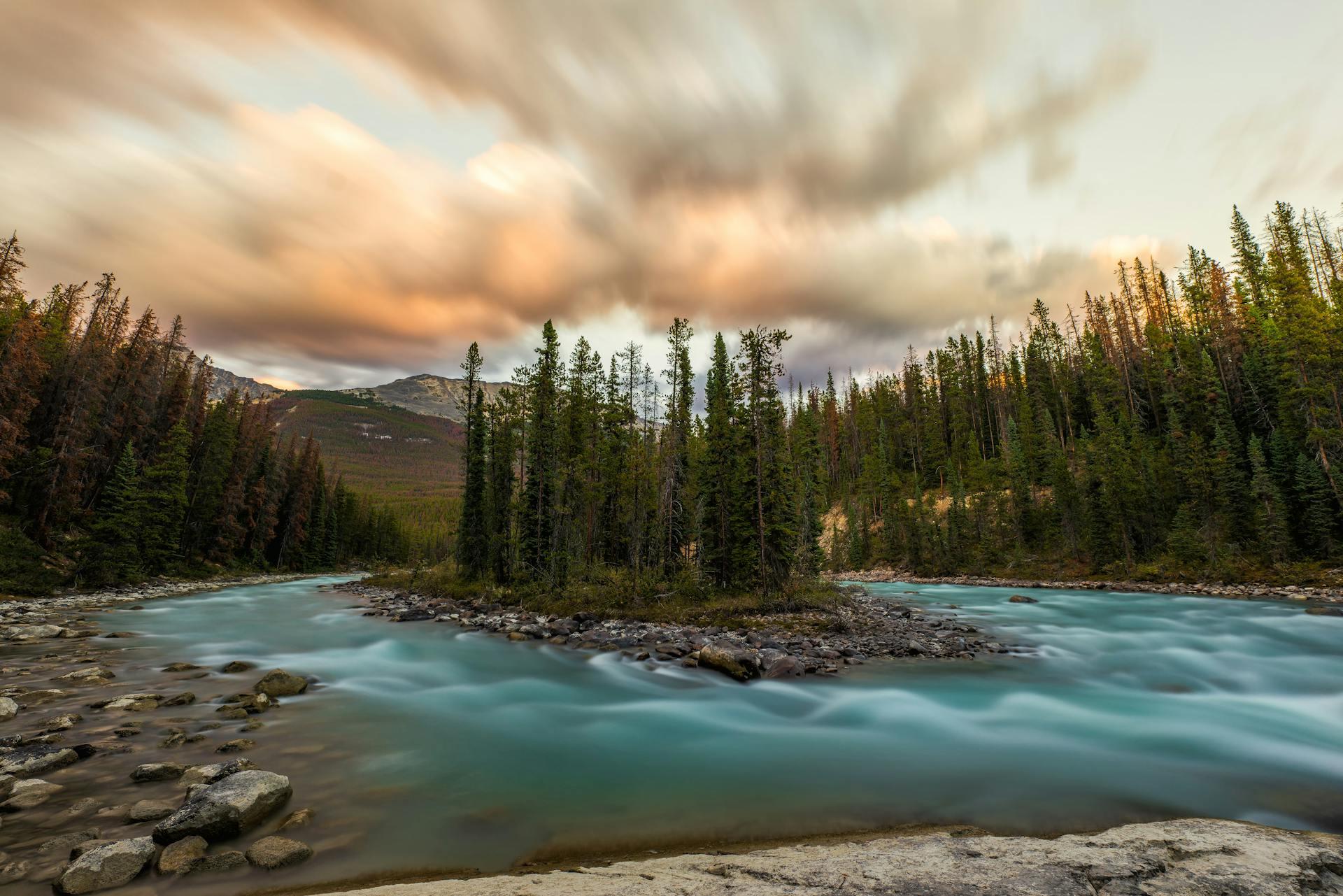
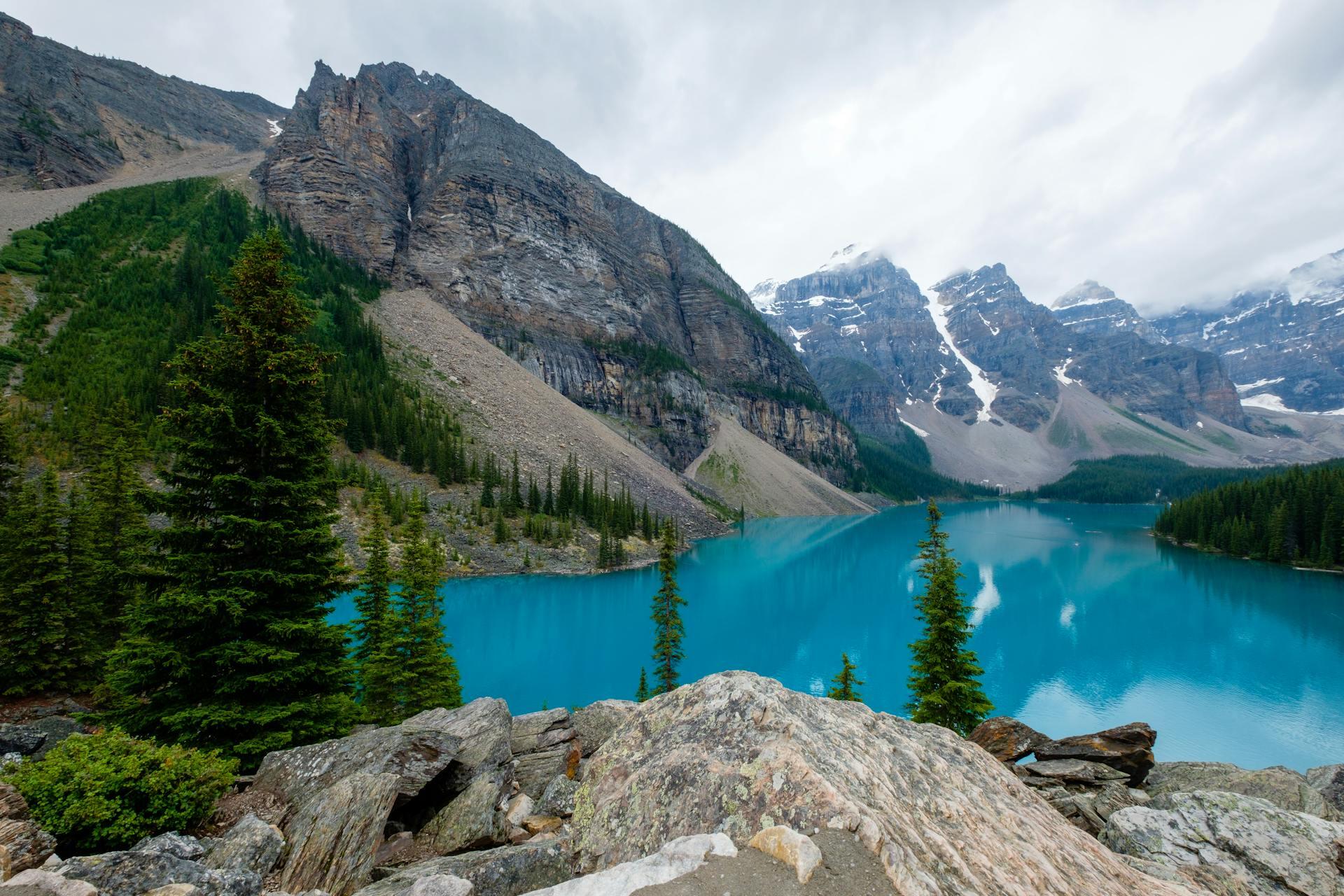
Yoho 🦕
It is located in British Columbia and is approximately 1,313 km2. This park is highly important because of its biodiversity and diverse ecosystems, including mountain ranges, glacial lakes, rivers, and waterfalls. One of the most incredible things about Yoho is that there are fossils of the Burgess Shale, which are Cambrian geologic formations fundamental to studying evolution.
Kootenay 🌊
Rocky landscapes and valleys characterize the Kootenay park. It is approximately 1,406 km2, has a drier weather than other national parks and is located in British Columbia. Pine forests and grasslands characterize it. Moreover, its top attractions are undoubtedly its thermal waters on Radium Hot Springs and its rocky formations like Marble Canyon and the Paint Pots.
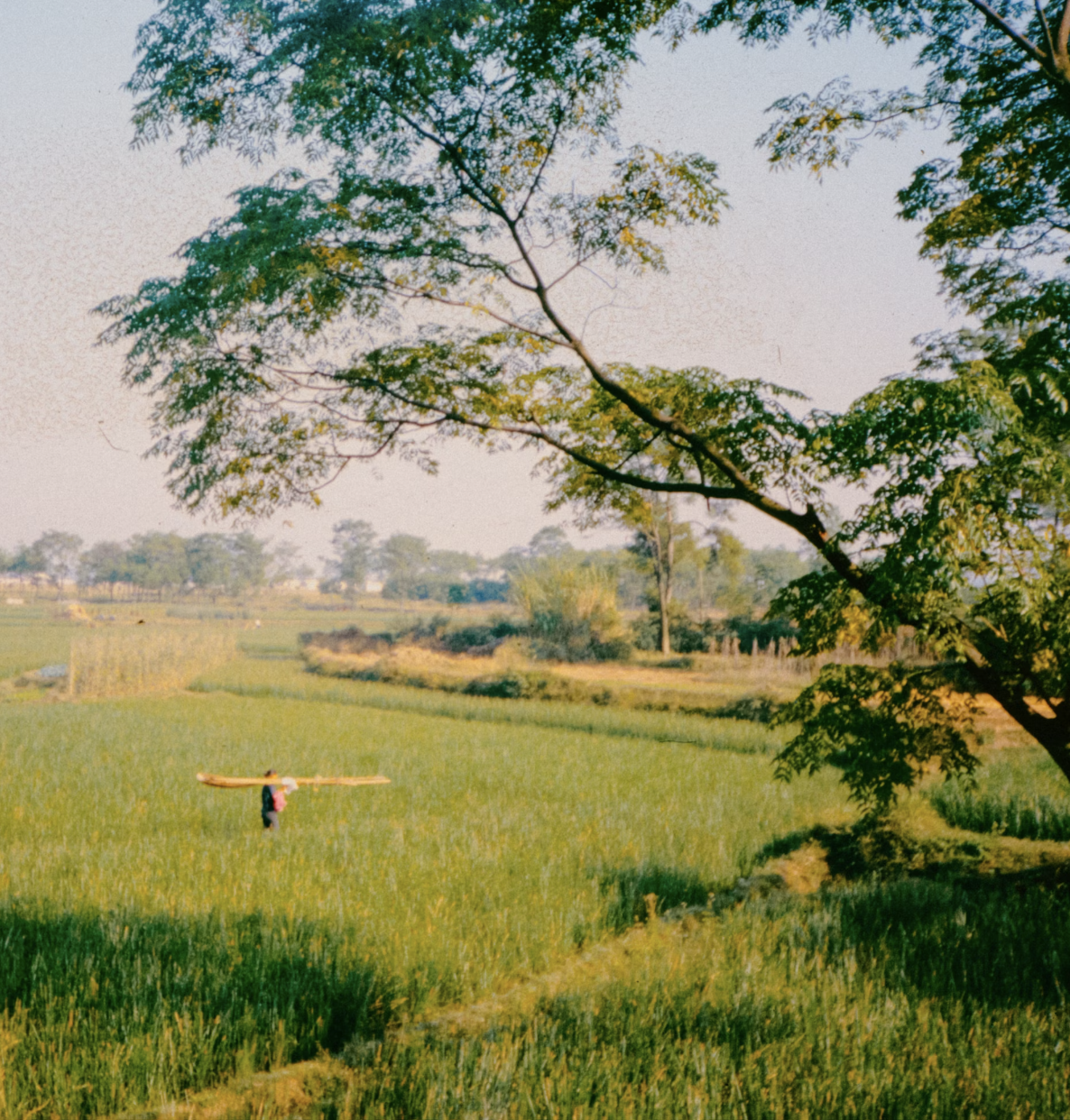
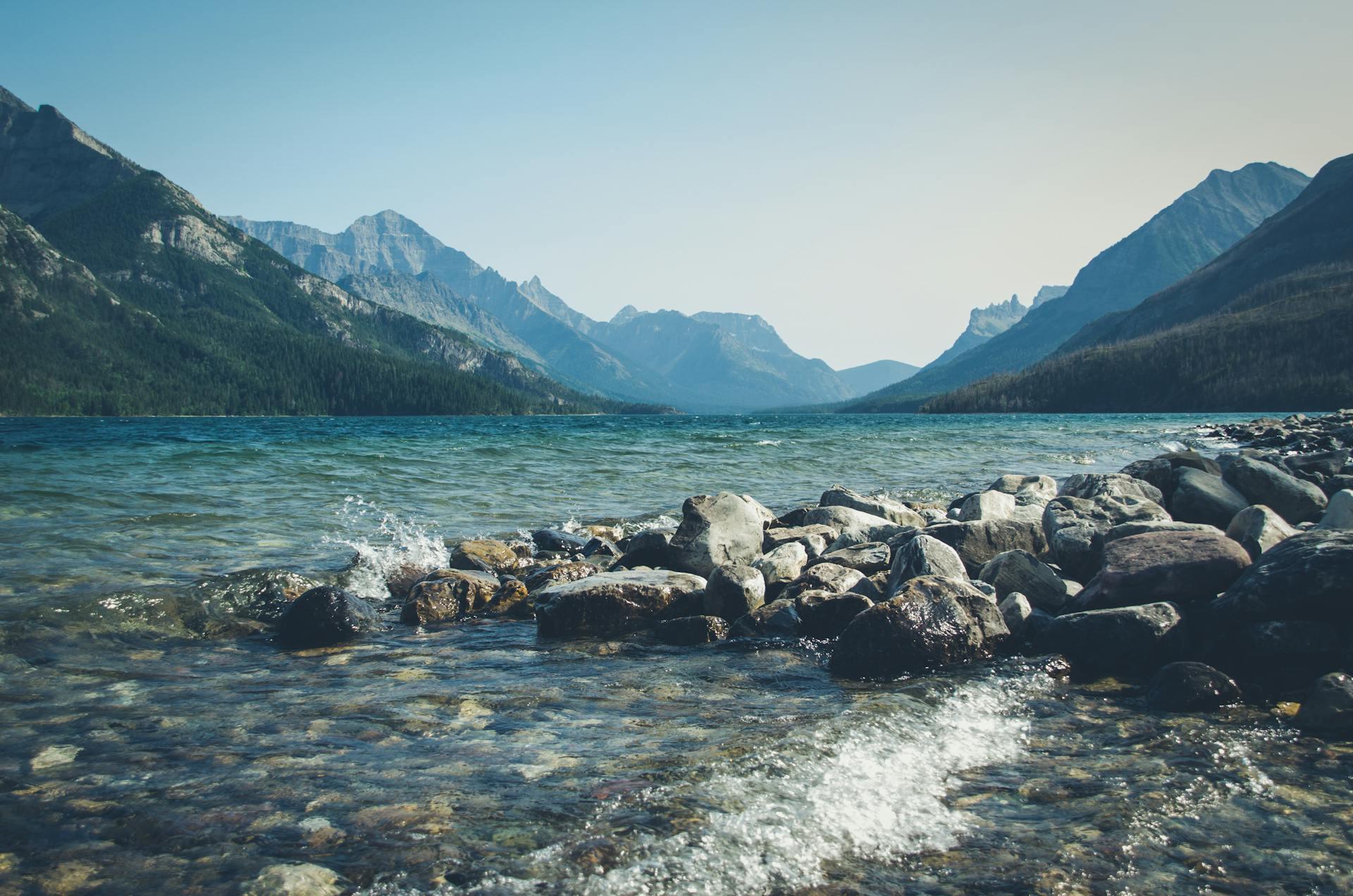
Waterton Lakes ❄️
This national park of 505 km² shares boundaries with Glacier National Park in Montana, the USA. Its prairie, rocky terrain, and Upper Waterton Lake characterize it. The Waterton Lakes park stands out with its diversity and is a favorite among hikers.
Did you know that you can see the Canadian Northern Lights from the Rockies?
Indigenous Communities Residing Among the Rockies
The Rocky Mountains are deeply culturally, spiritually, and historically significant to several Indigenous peoples. They have been inhabited by Indigenous peoples, including the Kutenai, the Sekani, the Dunne-za, the Sioux, and the Blackfoot, among many others, since the last great Ice Age, who revere the Rockies and consider them a key element of their cultural identity. Indeed, their land management has been key to maintaining biodiversity and healthy ecosystems.
These indigenous communities hunted mammoths and ancient bison and probably dispersed depending on the weather conditions. In autumn and winter, they migrated to the prairies to hunt bison, and in spring and summer, they migrated to the mountains to fish, hunt deer and elk, and gather roots and berries.
These communities acquired a vast traditional knowledge of the region's plants, animals, and ecosystems. And their knowledge has been passed down from generation to generation, guiding sustainable land use practices such as controlled burns and rotational hunting.
- The Kutenai
- The Sekani
- The Dunne-za
- The Sioux
- The Blackfoot
Find a Geography tutor in Canada!
Geography is the fascinating study of the Earth and the relationships between all the elements their environment. Broadly speaking, geography is the study of planet Earth, covering a huge range of natural and human processes, dynamics and elements. Geography is a science with a rich multiplicity of perspectives, depending on the particular focus of the study.
It is a dynamic discipline that draws on other social sciences in order to better understand the way in which today's world was built. In that sense, geography tries to make a whole of our planet.
Feeling adventurous? Discover the Iceberg Alley in Canada.
Visit the Superprof website
Superprof is an excellent learning platform for finding the best private teachers specialized in all subjects and for all types of students, from the youngest to the most experienced professionals! With Superprof you can find the ideal teachers no matter where you are in Canada. Are you ready to start your adventure in Geography?
Where to start?
| Where to start? | |
| 🌍Visit Superprof Canada | Go to Superprof's official website and enter if you want to learn "Geography." |
| 💻Look for Geography lessons | Choose what type of lessons you are interested in, either the "Online lessons" or enter your location to find Geography tutors near you. |
| 📍Discover the best teachers near you | Discover the best Geography tutors available throughout Canada! |
| 👩🏫Read each tutors' profile carefully | Visit each tutor's profile and learn more about their experience and qualifications as teachers, their education, cost per lesson, and feedback from previous students on their page. |
| 🎯Start your learning path! | And lastly, book a lesson! |
